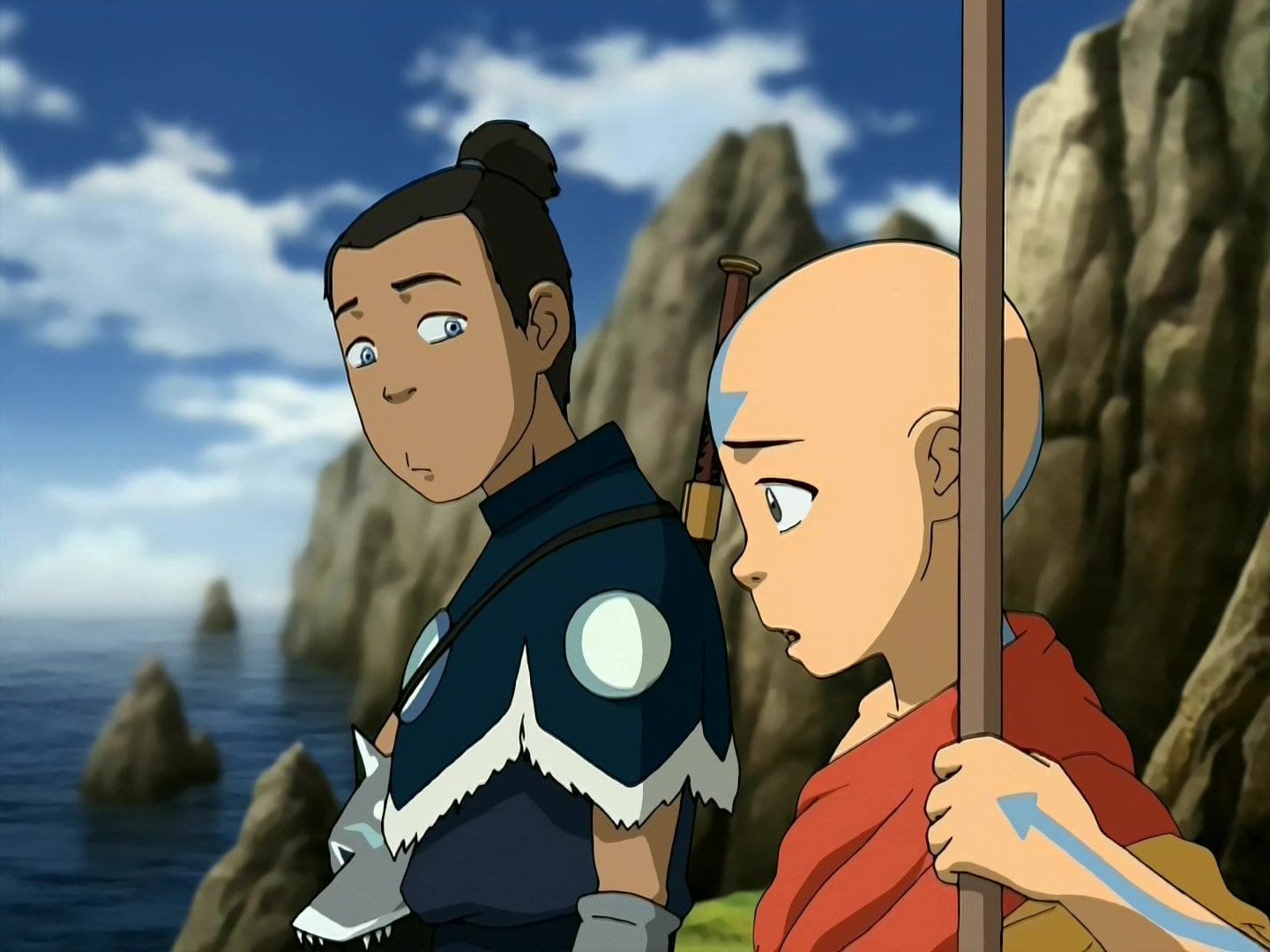Avatar: The Last Airbender
/TITLE Avatar: The Last Airbender
CREATORS Michael Dante DiMartino & Bryan Konietzko
STUDIO Nickelodeon Animation Studio
YEAR 2005
COUNTRY USA
REVIEW by Howard Leigh
Occasionally, there emerges a film, TV series, or book that captures the collective imagination and transforms into a cultural phenomenon. Surprisingly, these impactful creations are seldom intentionally designed to achieve such widespread influence; they simply resonate with audiences on a profound level. Yet, what sets these enduring successes apart is their ability to address timeless aspects of the human condition, speaking to universal truths that transcend time and resonate deeply with people. This is the case for "Avatar: The Last Airbender", an animated television series created by Michael Dante DiMartino and Bryan Konietzko, which stands as an exceptional example of narrative brilliance, captivating character development, and profound themes.
Through its three-season journey, the show enthrals viewers with its intricate plot and thought-provoking exploration of profound themes. The series takes place in a world divided into four nations: Water Tribes, Earth Kingdom, Fire Nation, and Air Nomads. Each nation has individuals known as "benders" who can manipulate their corresponding element using martial arts-inspired gestures. The Avatar is a unique being who can bend all four elements and serves as a mediator between humans and spirits, ensuring harmony among the nations. The story opens with Aang's reawakening after a hundred-year slumber, finding himself in a world dominated by the tyrannical Fire Nation. Overwhelmed by the weight of his newfound responsibilities and with limited time, Aang must master the three remaining elements (Earth, Water, and Fire) before a comet grants immense power to the Fire Lord, who desires global dominance. Throughout their journey, Aang is pursued by Prince Zuko of the Fire Nation, while accompanied by waterbender Katara and her brother Sokka. Together, they traverse the world, encountering a diverse array of characters and embarking on numerous thrilling adventures. The show masterfully blends overarching storylines with episodic adventures, allowing for both character growth and world exploration.
“Aang’s journey to master all four elements reflects the need for individuals to embrace and understand the different facets of their identity and emphasizes that balance is crucial for the well-being of communities. It questions the nature of heroism and demonstrates that true strength lies not in domination but in compassion, empathy, and understanding.”
The narrative is expertly paced, keeping viewers engaged with a balance of action, humour, and emotional depth. It presents an intricately woven narrative that seamlessly combines epic storytelling, engaging character arcs, and well-defined world-building. The characters, each undergoing significant development throughout the series, evolve from uncertain youths into formidable heroes burdened with the weight of the world.
The story explores their humanity and flaws, and delves into their backgrounds, fears, and insecurities, rendering them relatable and multi-dimensional. By confronting personal demons, overcoming inner conflicts, and forging deep connections, the characters grow and evolve organically, captivating the audience with their authenticity. Beyond its narrative and characters, Avatar: The Last Airbender tackles an array of compelling themes, offering valuable insights and moral lessons. It delves into the consequences of war, the importance of balance and harmony, and the destructive nature of power when wielded irresponsibly.
The theme of balance is prevalent throughout the series, not only in the elemental sense but also in terms of personal development and societal harmony. Aang's journey to master all four elements reflects the need for individuals to embrace and understand the different facets of their identity and emphasizes that balance is crucial for the well-being of communities. The series also explores the complexities of power, showcasing the potential for corruption and moral dilemmas. It questions the nature of heroism and demonstrates that true strength lies not in domination but in compassion, empathy, and understanding. Avatar: The Last Airbender draws significant inspiration from East Asian art and mythology, creating a unique fictional universe. Cultural consultants Edwin Zane and calligrapher Siu-Leung Lee played vital roles in shaping the art direction and settings, with architectural and artistic influences featured in the series further contributing to creating a universe that feels remarkably authentic, expansive, and varied. The character designs reflect influences from Chinese art, history, Hinduism, Taoism, Buddhism, and Yoga. The gestures performed by the "bender" characters are rooted in Chinese martial arts (each "bender" and aligned character possesses a distinct fighting style associated with their respective element). Furthermore, the story skilfully incorporates references to historical figures from Asian history, paralleling them with the show's own cast of characters.
The animation of the series combines traditional hand-drawn techniques with computer-generated imagery. Although it may not reach the level of quality seen in the biggest Japanese anime productions, it does showcase meticulously choreographed fights and character animations that effectively convey the personalities and emotions of each character. The use of vibrant colors and smooth motion add depth and immersion to the action sequences, allowing viewers to be fully immersed in the awe-inspiring world of bending. In conclusion, "Avatar: The Last Airbender" has unquestionably earned its place as a celebrated pop-cultural phenomenon. With its enthralling storyline, impressive character growth, and profound exploration of themes, it is a must-watch for those in search of an unforgettable and immersive experience. Through its imaginative world-building, relatable characters, and thought-provoking themes, it continues to be an essential viewing choice in the realm of animated television.

































































